Four Tips for Tapering off Methadone
Recovery from addiction to heroin can be difficult to achieve on your own. There are many people who turn to methadone to help with their withdrawal from the toxic drug. Unfortunately, many people don’t realize that methadone isn’t a drug designed to be taken forever. You have to wean yourself from the drug over time in order to be as safe as possible.
When it’s time to stop using methadone, you have to slowly taper down use. This means that steps have to be taken to get your body off of the drug, without causing withdrawal symptoms to occur. The following guide walks you through four things you have to know about tampering down methadone use.
Methadone Dosages Must be Evaluated
Methadone is a medication that needs to be taken on a daily basis in order to be effective. It helps to minimize the withdrawal symptoms you experience when you stop using heroin. Before you can start tapering down your methadone use, the amount that you are taking each day needs to be evaluated. When working with a professional treatment facility, the amount of methadone you are given is closely monitored.
After you have been on methadone for a few weeks, medical professionals will be able to determine if you are ready to start lowering the doses that you take. Stopping methadone use cold turkey isn’t a good idea. It can be dangerous to stop using because you could go through withdrawal symptoms that could lead to a relapse.
The amount of methadone you take each day needs to be gradually decreased. Typically, the amount is decreased by 20% or less every few weeks. This allows your body to have time to adjust to the new doses, without having to deal with nausea, headaches or the other many withdrawal symptoms that occur.
Medication Supplementation is Needed
Once medical professionals feel that you have been able to safely lower the amount of methadone you take daily to safe levels, you will need to start taking a long-acting opioid. The opioid is given in place of the methadone but serves the same purpose the methadone did.
Opioids need to be taken as prescribed. Taking the opioids more frequently or in higher doses can lead to a new addiction. Once you suffer from addiction, you always suffer from it. Nearly 40% of all people who have recovered from addiction end up relapsing. This is due to the temptation to use again. At a professional treatment facility, you don’t self-medicate. You are given the medications that you need to be given when you need to take them. This decreases the likelihood of a new addiction developing and ensures that you are able to stop using methadone as quickly as possible.
Health Monitoring Needs to Take Place
Many side effects can come with methadone use that can be dangerous. Loss of appetite, diarrhea, and vomiting are common. You need to be monitored to make sure that your body doesn’t get depleted of the nutrients it needs to thrive.
Medical professionals at a treatment center keep a vigilant watch on your health at all times. Your temperature, weight and blood pressure will be regularly monitored to ensure that you are always in the best health that you can be. A facility also ensures that you’re able to have access to nourishing foods that can make recovery easier for you. When you are battling an addiction, you often have lethargy that can make it difficult for you to be able to have the drive to do anything for yourself. This means that you may have less drive to cook for yourself or even drink water regularly. Having the help of professionals ensures you stay safe throughout your recovery.
Psychological Care Is Crucial When Tapering Down Methadone Use
Hallucinations, paranoia and depression are also common during methadone use. At a treatment facility, you are able to get help for the mental hurdles that occur with addiction. You’ll be able to talk to a professional about the things that you experience during your recovery and things that happened in your past. Talking about any guilt or hurt you have can help you to get a better grip on your emotions, which can make tapering down your methadone use easier. People often do things out of character when they are high. Once they get sober, the guilt can be crushing because they feel that they will never be able to regain the trust they once had.
Since depression is common with people who are in recovery, psychological care can be crucial. If you have thoughts of suicide, talking to someone who can help could actually save your life. The counselor can also help you to determine what your triggers might be to use again when you get out. They can help you determine why you started using in the first place to decrease the chances of you using again.
Mastering Tapering from Methadone Takes Time
After a few weeks of being on the opioids, the medical staff can help you lower the doses that you take. Eventually, you get to the point where you no longer physically need to take anything to battle your addiction. That doesn’t mean the work is done though.
It’s important to know that once you have an addiction you will always be susceptible to it. Many facilities have outpatient programs available for their clients. They allow you to go to regular group meetings with others who are going through the same struggles as you. You can get advice from others and even bounce ideas off of one another about how to stay clean.
Surrounding yourself with people who love you; Avoiding those who still use drugs is the best way to stay clean. Once you have gone through the struggles of recovering from your addiction, the last thing you want to do is relapse. Keeping yourself out of situations that could lead to relapse is the best way to do it. It will not always be easy, but through hard work and dedication, sobriety is possible.

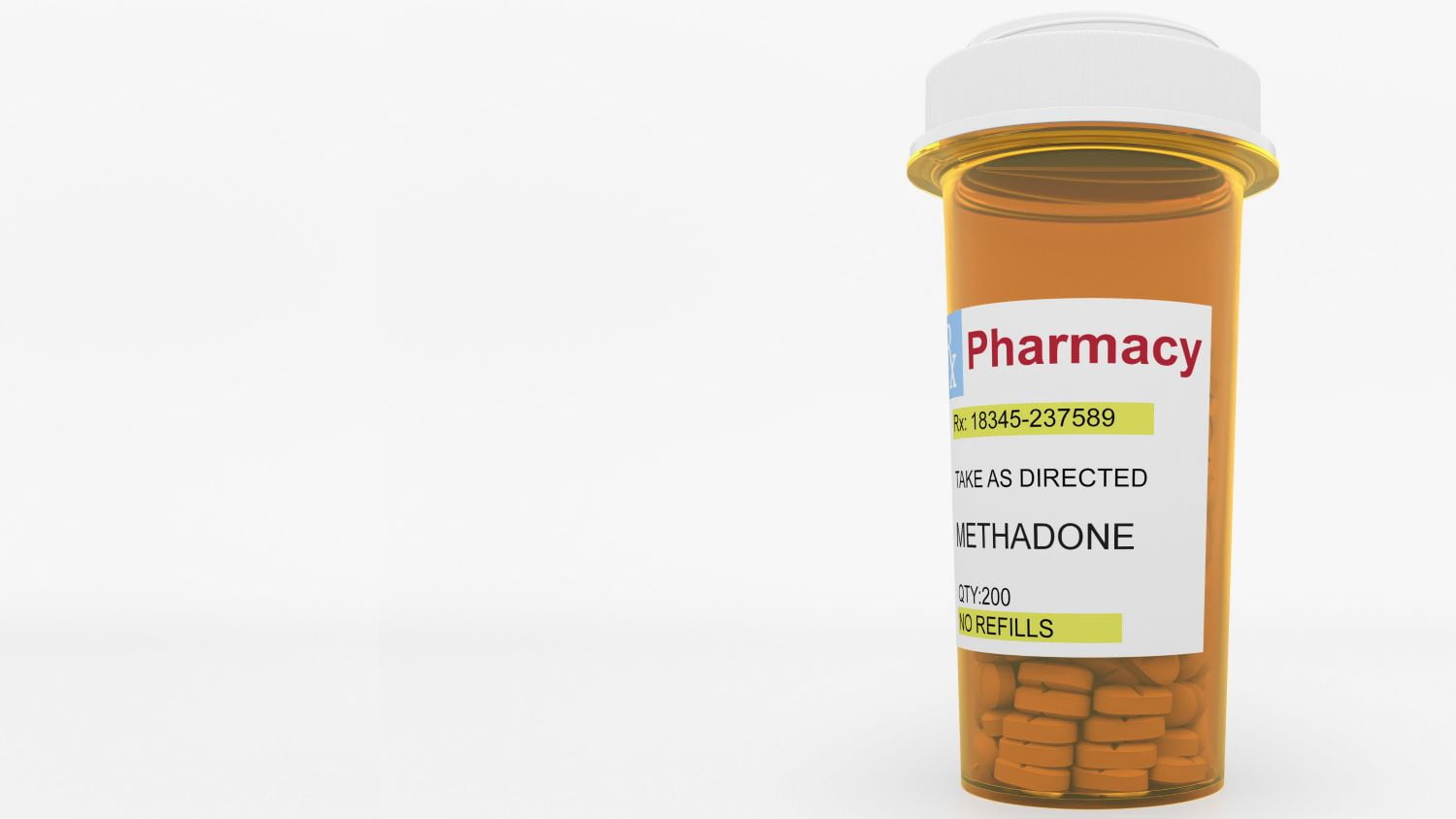



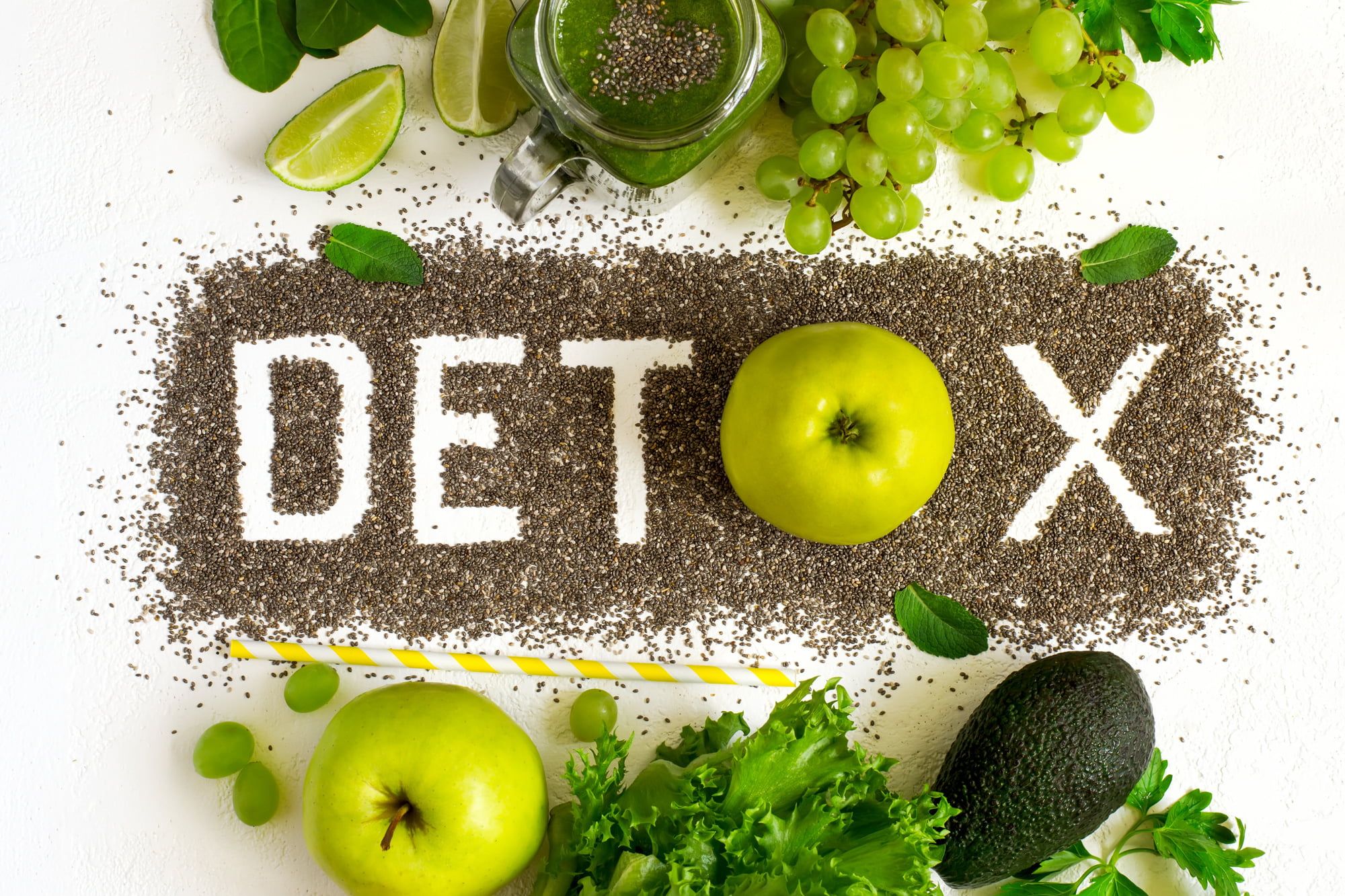



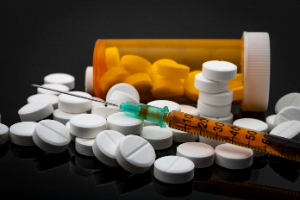 This was how I was first
This was how I was first 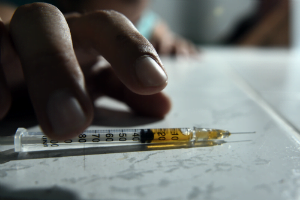

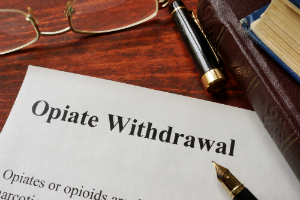 Maintenance medication programs are only used under very specific circumstances. You’ll need to go through a rehab program and be approved for this type of treatment. It’s important to trust your doctors and your rehab support staff. Be completely honest with them, and don’t be afraid to take that next step.
Maintenance medication programs are only used under very specific circumstances. You’ll need to go through a rehab program and be approved for this type of treatment. It’s important to trust your doctors and your rehab support staff. Be completely honest with them, and don’t be afraid to take that next step.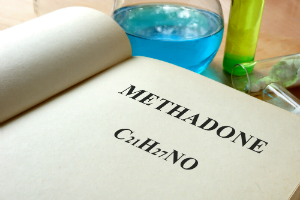 I’ve discovered that I don’t feel high when I take this medication, but it does help me to stop thinking about using drugs like heroin or prescription painkillers all the time. It allows you to be free of the all-consuming addiction that ran your life for so long.
I’ve discovered that I don’t feel high when I take this medication, but it does help me to stop thinking about using drugs like heroin or prescription painkillers all the time. It allows you to be free of the all-consuming addiction that ran your life for so long.
